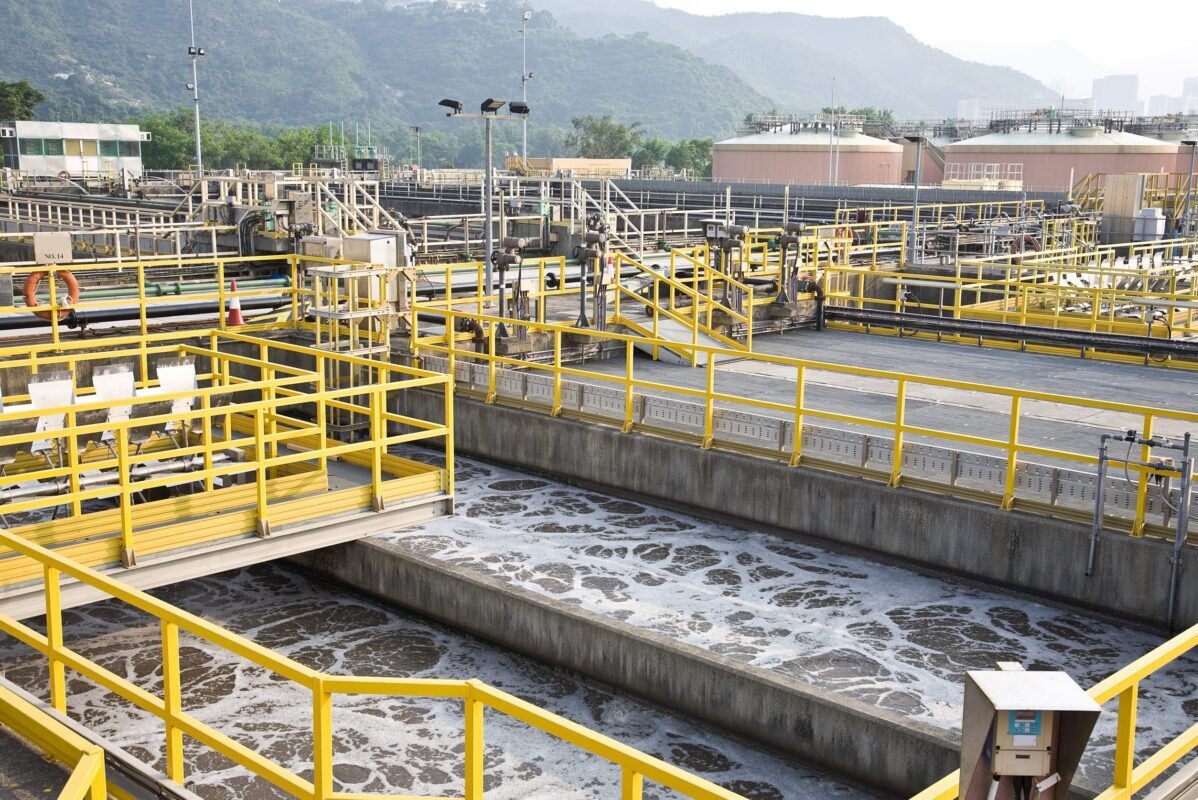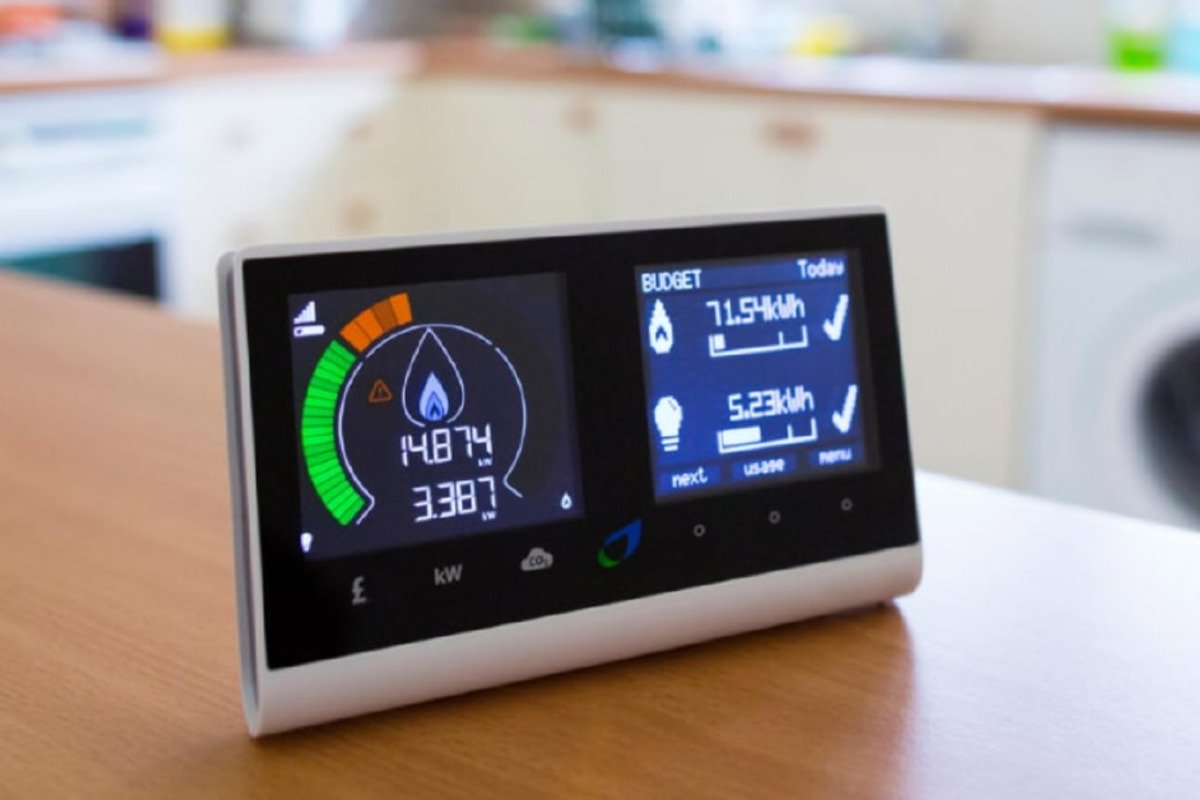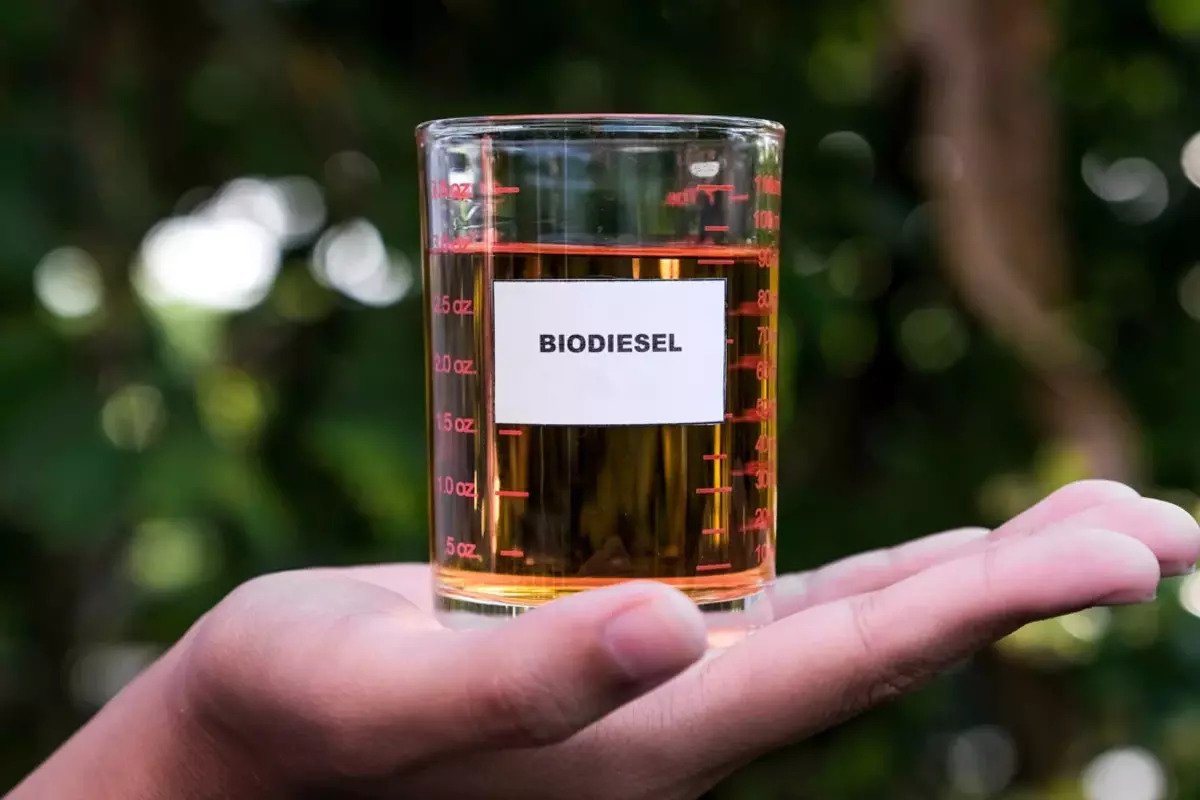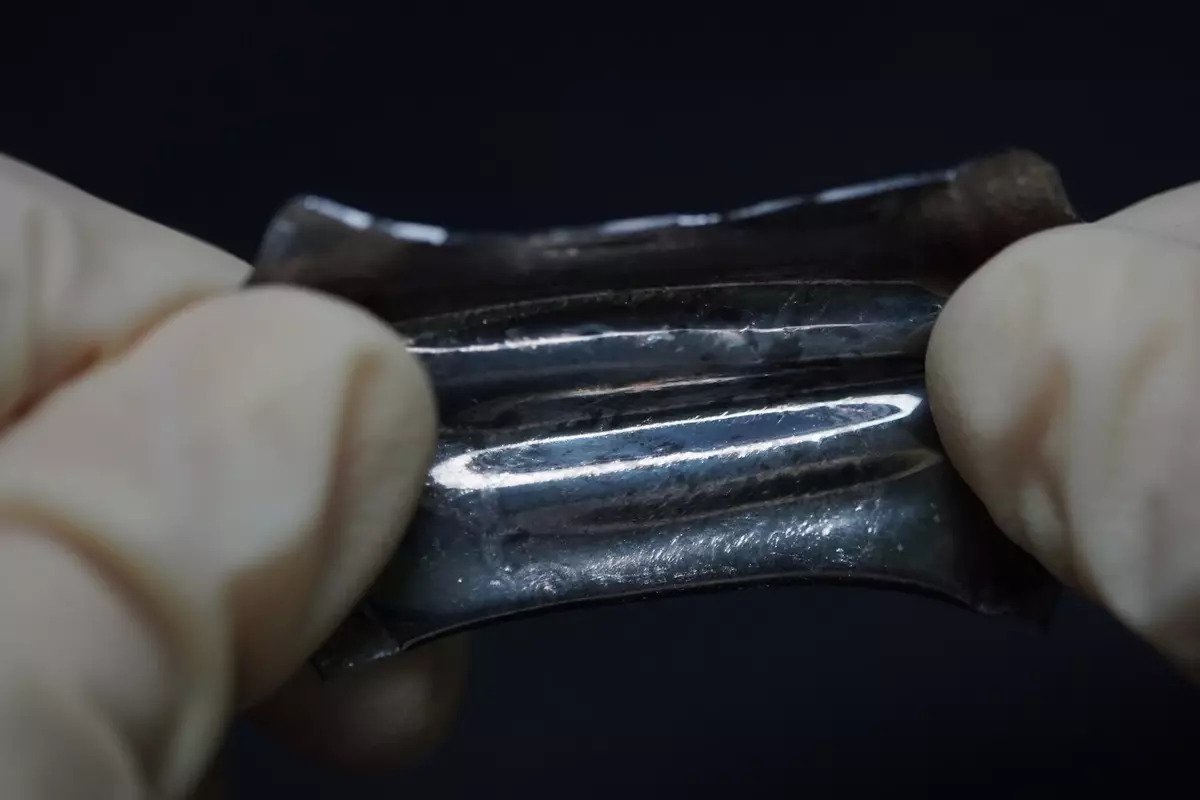It is estimated that up to 95% of the biofuel resources produced in a given year are flushed down the drain. This is a huge waste of valuable resources, and it also harms the environment. But there is hope. Recent technological advances have made it possible to reclaim these valuable resources. This can be done by using special filtration systems that remove and recycle the biofuel from wastewater.
Not only is this a more environmentally friendly solution, but it is also cost-effective. Recycling biofuel in this way can save companies and municipalities millions of dollars each year. So why not harness these new technologies to reclaim our valuable biofuel resources?
Challenges in Reclaiming Biofuel Resources
The process of reclaiming biofuel resources is not without its challenges.
The first challenge is in separating biofuel from wastewater. This can be done through gravity separation, sedimentation, and flotation.
The second challenge is in converting biofuel into a usable form. This is achievable through distillation, fermentation, and crystallization.
The third challenge is storing and transporting biofuel using tanks, pipelines, and trucks.
Despite the challenges, some companies working on new technologies to reclaim valuable biofuel resources flushed down the drain.
The Potential Benefits of a Reclamation System
A reclamation system would not only recapture valuable biofuel resources, but it would also help reduce the waste currently being flushed down the drain.
A reclamation system would work by capturing the biofuel resources that are currently being wasted. These resources could then be used to produce biofuels, which could be used to power vehicles or generate electricity.
Not only would this help reduce the amount of waste currently being produced, but it would also help reduce our dependence on fossil fuels.

Technologies Used for Biofuel Retrieval
A few technologies can be used to retrieve biofuels from wastewater.
One is a liquid separation membrane, which can separate water from the fuel and collect it, allowing for the liquid biofuel to be reclaimed.
Another technology combines solids and liquids, bringing them into contact with each other to extract the biofuel. This technology is often beneficial when seeking higher concentrations of fuel.
Finally, another method involves utilizing a settling tank that collects the oil and gas components of the beverage while allowing the non-oil particles to settle at the bottom of the tank.
Conclusion
To reclaim valuable biofuel resources, it is necessary to adopt new technologies that can efficiently separate these resources from wastewater.
This is a daunting task, but it is necessary to mitigate biofuel production’s environmental impact.
The current state of technology is not advanced enough to make this process economically feasible. Still, with further research and development, it is possible that this could change in the future.






